News
What Will Vietnam’s Next Fighter Be? Five Leading Candidates to Replace its Ageing Su-22 Strike Fighters
Vietnam People’s Air Force emerged from the aftermath of the Vietnam War as one of the leading services in Southeast Asia, and in the 1970s and 80s was equipped with advanced Soviet third generation aircraft. Largely provided as aid, these included over 100 of the most advanced MiG-21 variant the MiG-21bis to succeed older variants used against the United States Military, and as one of the last deliveries it received Su-22M3/M4/UM strike fighters with what were then cutting edge precision strike capabilities. Although collapse of the Soviet Union cut off the substantial aid Vietnam had received from Moscow, the country moved to acquire fourth generation fighters in the 1990s with orders for 12 Su-27 Flankers. These were several times larger than its previous fighters and necessitated a contraction of the fleet to afford their operational costs, and were widely considered the world’s leading fighters at the time in terms of air to air performance. Six Su-27s were ordered in 1995 and six more in 1997. This was followed by orders from 2009 for advanced Su-30MK2 Flanker fighters that had been developed specifically for service in the Chinese Navy, which were some of the last Su-30s delivered from the Komsomolsk-on-Amur Aircraft Plant before it transitioned to production of the more advanced Su-35.

Su-27 and Su-30 acquisitions facilitated the phasing out of the country’s MiG-21bis fighters for a much more modern albeit far smaller fleet comprised of significantly longer ranged combat jets. The Flankers were over triple the size of the MiG-21 and had airframes decades ahead in their designs which made the transition a sharp one. This left three small regiments of Su-22s between them fielding 26 aircraft as the only Soviet-built fighters in Vietnamese service, with plans to replace the aircraft expected to be announced before 2030. Although capable for their time, and considered significantly more potent than Su-22 units in other countries such as Poland or Syria, the fighters are expected to be increasingly challenged in the maritime strike role allocated to them particularly as the China, a primary target of Vietnamese naval activities, fast improves both its naval aviation with fifth generation fighters and its fleet defence capabilities more generally. Based in Vietnamese requirements, its defence budget, and the air force’s prior preferences in acquisitions, look at five fighters considered most likely to be acquired to replace the Su-22 is given below.
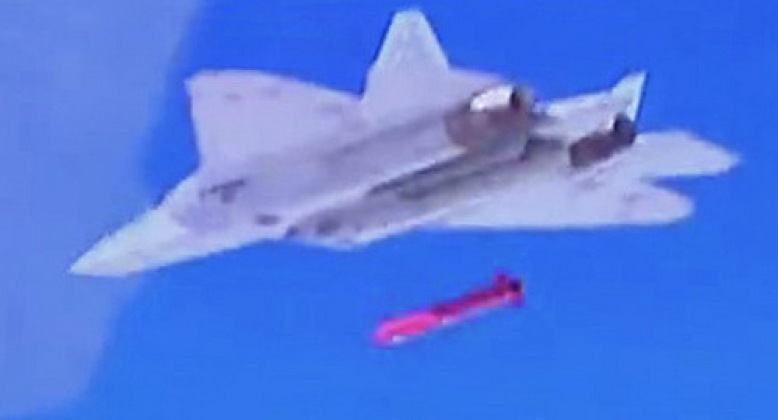
Su-57
Vietnamese media have as early as 2017 indicated that a Su-57 acquisition was being planned for the late 2020s or early 2030s, although the time frame involved and the numbers cited indicate that the aircraft may be intended to replace the fleet’s Su-27s. These are currently assigned an air superiority role, and are expected to be retired around that time. The Su-57’s versatility, particularly when compared to other fifth generation fighters, makes its place in the fleet difficult to predict, with the aircraft considered equally capable in air superiority, strike and maritime strike roles. Should Vietnam go through with Su-57 purchases, there remains a significant possibility that the class will replace both the Su-27 and the Su-22. The fighter will ensure that Vietnam is not left a generation behind in the face of China’s J-20 and its new yet unnamed naval fighter based on the FC-31 – both of which are fifth generation designs like the Su-57. The Russian fighter is unrivalled in its range, and deploys six radars where all others in the region rely on only one. The aircraft is considered a natural successor to the Su-27 and Su-30, and future variants may even eventually replace the Su-30MK2. The Su-57 would represent the most capable in Southeast Asia particularly in terms of air to air performance, and would leave the majority of Chinese fighters such as the J-10C and J-11B at a significant disadvantage while easily networking with Vietnam’s existing aerial warfare assets.
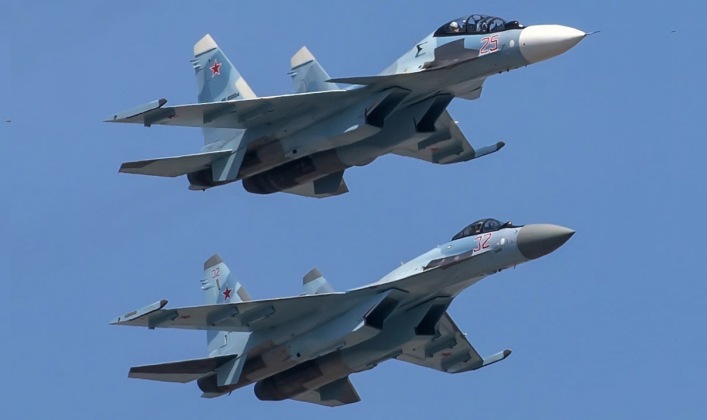
Su-30SM/Su-35
The possibility of a Vietnamese acquisitions Su-35 or Su-30SM fighters to replace the Su-22 has been raised multiple times, which would effectively transform its fighter fleet into an ‘all Flanker’ force as both are derived from the Su-27 Flanker design. Commonality between them and the Su-30MK2 in parts and maintenance remains limited, however, with both being much more modern designs. Both have significantly more advanced avionics and access to superior armaments than the Su-30MK2, including R-37M air to air missiles with an unrivalled 400km engagement range and, for the Su-30SM, Kh-32 anti ship cruise missiles. As Su-30s are no longer in production at the Komsomolsk-on-Amur Aircraft Plant, the Su-30SM and Su-35 would provide the highest degree of commonality with Vietnam’s existing assets. The Su-35 is significantly more costly, but uses more powerful engines and sensors, has a significantly longer range, integrates triple radars rather than a single one, and benefits from a lower radar cross section among other notable strengths. Vietnam’s interest in the Su-57, and China’s fielding of a fast growing fifth generation fleet, has made acquisitions of the Su-30 or Su-35 appear less likely. Although all three have been combat tested in Ukraine, however, the Su-57 remains further from being fully operational which may make the older aircraft more attractive if there is a need for an acquisition on a shorter timescale.
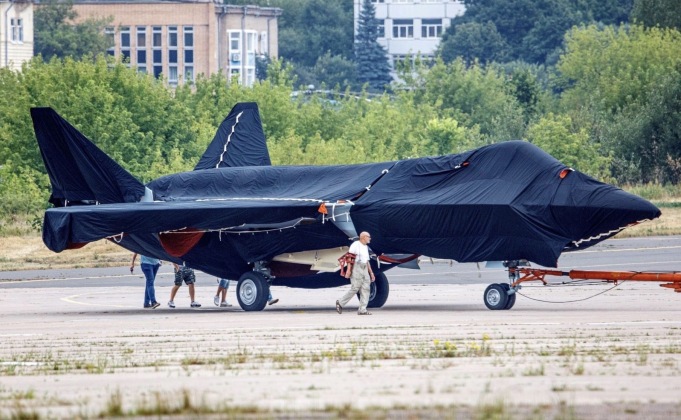
Checkmate
Unveiled in 2021, the Checkmate fifth generation fighter was designed as a lighter counterpart to the Su-57 and is expected to be ready for export around 2027. The aircraft is not only considerably cheaper, but also has much lower operational costs to the Su-57 leading it to be likened to a ‘MiG-21 of the 21st century.’ While the future of the program remains highly uncertain, Vietnam has been highlighted as a potential client should it materialise on schedule. The relatively low cost fighter is expected to boast advanced stealth capabilities and access to a range of advanced armaments including R-37M missiles, although compared to the Su-57 and to Chinese rivals such as the J-20 and FC-31 it is not expected to be particularly outstanding in performance. The lack of Russian orders for the aircraft, its somewhat limited range, and Vietnamese interest in the Su-57, may between the lessen interest in any fighter the Checkmate program produces.
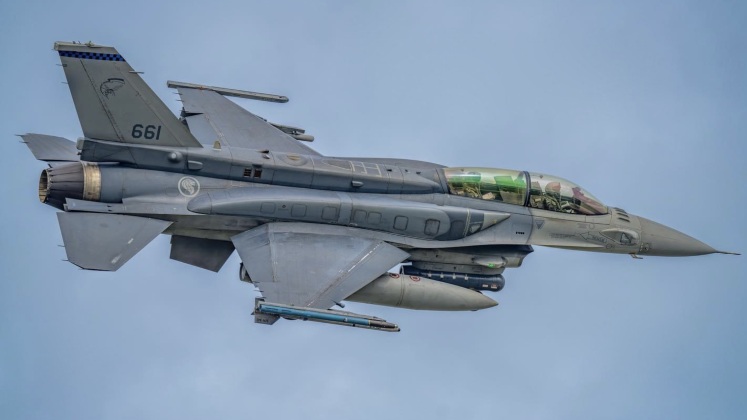
F-16 Block 70/72
The United States has sought to market the F-16 to a number of clients worldwide despite the U.S. Air Force having not shown an interest in new orders for close to two decades, although only Taiwan has so far made a sizeable purchase under a 2019 contract widely seen to have been strongly politically motivated. Vietnam has come under considerable pressure to lessen its defence ties with Russia and begin acquiring Western armaments as it continues to strengthen economic and security ties with the United States, leading to some speculation that even a token F-16 purchase could secure such a deal. The F-16 is prized for its low maintenance requirements and high availability rates, and the latest F-16 Block 70/72 variants boast sophisticated AESA radars and data links providing high situational awareness and the ability to use longer ranged weapons. Its sensor suite is nevertheless very small, meaning situational awareness will be considerably lower than the Su-30SM and Su-35 let alone fifth generation options which Vietnam has. The extreme cost of the F-16, at approximately 50 percent more per unit than the Su-35 despite being around half the size and its inability to operate as part of a network with Russian weapons systems are key drawbacks of the aircraft. Another is the way the use of U.S. aircraft is tightly restricted, meaning the Vietnam People’s Air Force will be unable to deploy fighters to new bases or fly them against adversaries if it does not have permission from the producer to do so. This is expected to be a dealbreaker and notably does not affect non-Western aircraft classes.
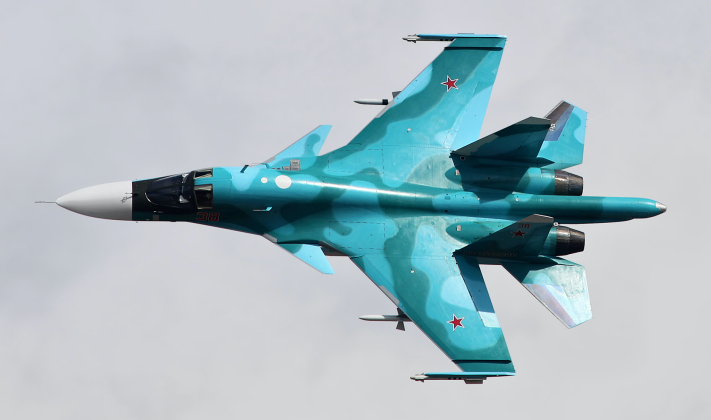
Su-34
A natural successor to the Su-22 and Su-24 of the Cold War era, the Su-34 is the most modern manned strike fighter in production anywhere in the world and boasts an unrivalled range comparable to that of lighter strategic bombers. The aircraft has a reduced radar cross section comparable to that of a cruise missile, and can deploy a very wide range of anti ship and anti surface cruise missile classes which could make it an unsurpassed maritime strike fighter. The heaviest fighter in the world, the aircraft is nevertheless considerably less costly than the Su-35 and even in small numbers a unit can cover an area several times that which Su-22s could. The Su-34 is also capable in an air to air role and can carry up to 12 anti aircraft missiles, with the class having first been combat tested in Syria where it carried such weapons to deter possible Turkish or Western attacks. Other than the Su-57, the Su-34 may well be the most likely and the most cost effective option to modernise the Vietnamese fleet, and could well be considered a second choice should the Su-57 program suffers further delays or should some unforeseen factor undermine faith in the Su-57’s capabilities.












